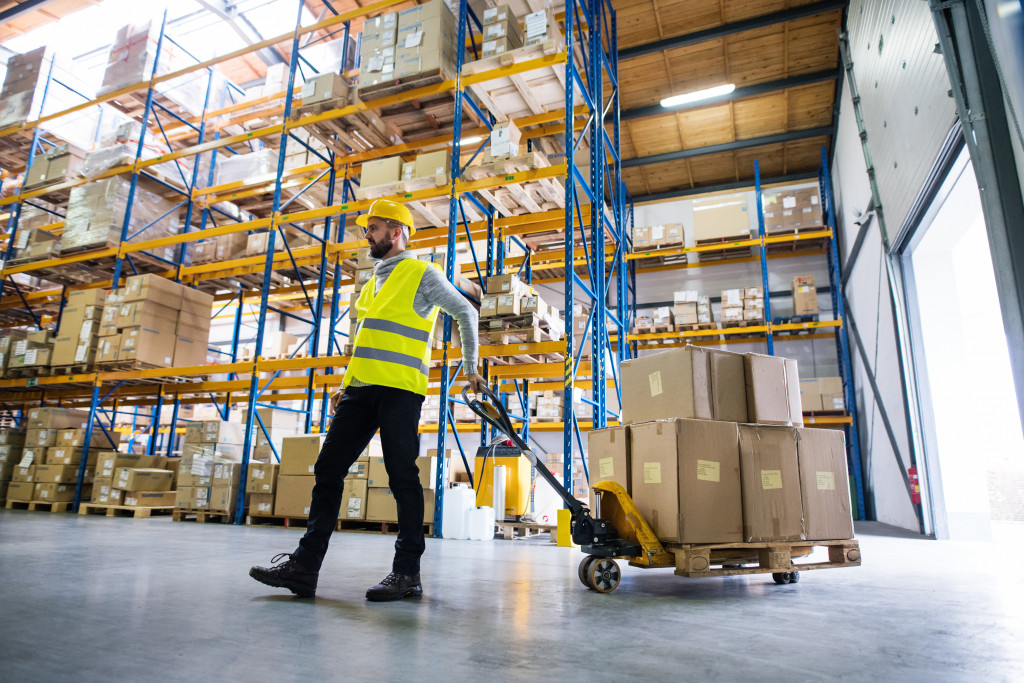People often form their perceptions of a company based on its services and products. This tendency can be understandable. We buy a certain product to solve a certain problem. And we assess them based on how well these products reach our expectations.
While this may be rational, not everything is based on the product itself. Other factors contribute to how a business is perceived. Some companies focus on heavy marketing. Others concentrate on their customer engagement. All these factors contribute to the success of a product and the company.
One of the most notable components that lead to the success of certain products is their packaging. It can be easy to overlook some product packaging because they are only vessels for the products. And the products are what the customers end up using.
The Role of Product Packaging
Despite this, product packaging remains important to almost every business that serves tangible goods. Its most basic function is to protect or preserve the product until it arrives at the end-user. Without packaging, these goods can be easily tampered with or damaged in transit.
Packaging products have simple origins. Paper is one of the oldest types of material used for packaging products. As time went by, people began exploring other materials such as glass and wood to protect their products.
Today, various types of materials are used for product packaging. Some companies even use laser machines to etch their logos on their packaging. The craft has evolved to a point where classifications have been developed for them.
More than Protection
Many people see product packaging as just a layer of protection for a product. But this layer of protection has other functions that can be helpful for a business’s other goals. Let’s talk about these functions and how they impact a business.
Presentation
For one, product packaging is great for presentation purposes. As humans, we enjoy objects that are charming to our visual senses. We are more inclined to pay attention to stimuli that we find attractive.
With this in mind, companies can then create attractive product packaging that can catch the attention of potential customers. It can be easier to convert people into paying customers when you have their attention. This can help businesses expand their client base.
Product Experience
Another thing that many businesses love to do is give their customer a good experience when it comes to their products. This is how well a consumer interacts with a certain product. Good product packaging can help contribute to this experience.
For instance, Pringles, the potato snack that is beloved by many, come in their iconic canister. Most potato chips and snacks often come in a bag. But Pringles is quite known for this packaging approach.
They place their chips inside these canisters to protect them from breaking. This essentially prevents people from eating broken-up pieces of a single chip. Also, they are resealable, which means people can preserve their freshness. All these benefits are achieved because of their inventive packaging.
This is a subtle yet powerful factor that can impact how a customer perceives a business. Good product experience can also help foster a positive attitude towards a product. Ultimately, this experience can create loyal customers who value how they experience a product.
Brand Awareness

Of course, a product’s packaging is also the best vessel to spread a company’s brand. They can align their packaging design and elements based on how they want to be perceived. Let’s not forget that these products can be widely distributed all over the country and possibly the world. When a company’s packaging stands out among the rest, customers are more likely to remember them.
Responsible Product Packaging
While product packaging is important for every business, they also need to learn how to be environmentally responsible. Much of the packaging used by most companies are made of plastic. It is cheap to make and can be efficient for wrapping products.
Despite their versatility, plastics pose a problem for the environment because they virtually do not decompose. If ever they do decompose, it may take several hundred years. With that, many plastics used for packaging end up in landfills, oceans, and natural habitats. They have components that can be harmful to many organisms.
With that comes the call for responsible packaging. Companies should work together and find sustainable packaging selections that are not dangerous to the environment. This is a difficult yet necessary undertaking that is surely helpful to the conservation of the natural environment.
Product packaging has more roles than most people realize. For this reason, businesses should learn how to successfully utilize this tool. Of course, there will be several hurdles along the way. But discovering how to maximize product packaging will help them grow.



